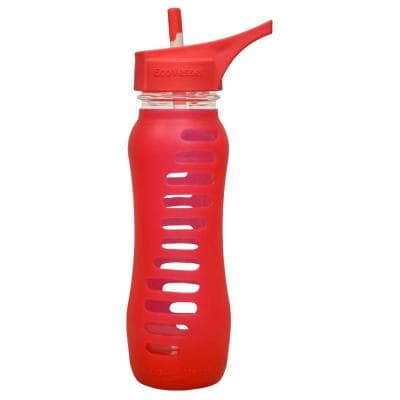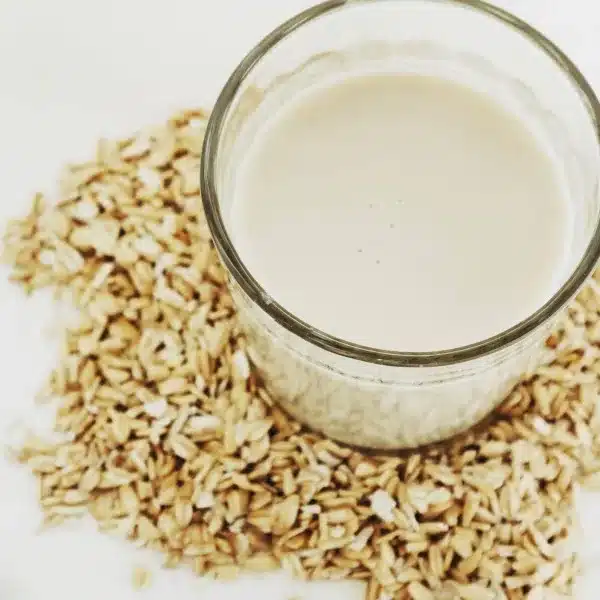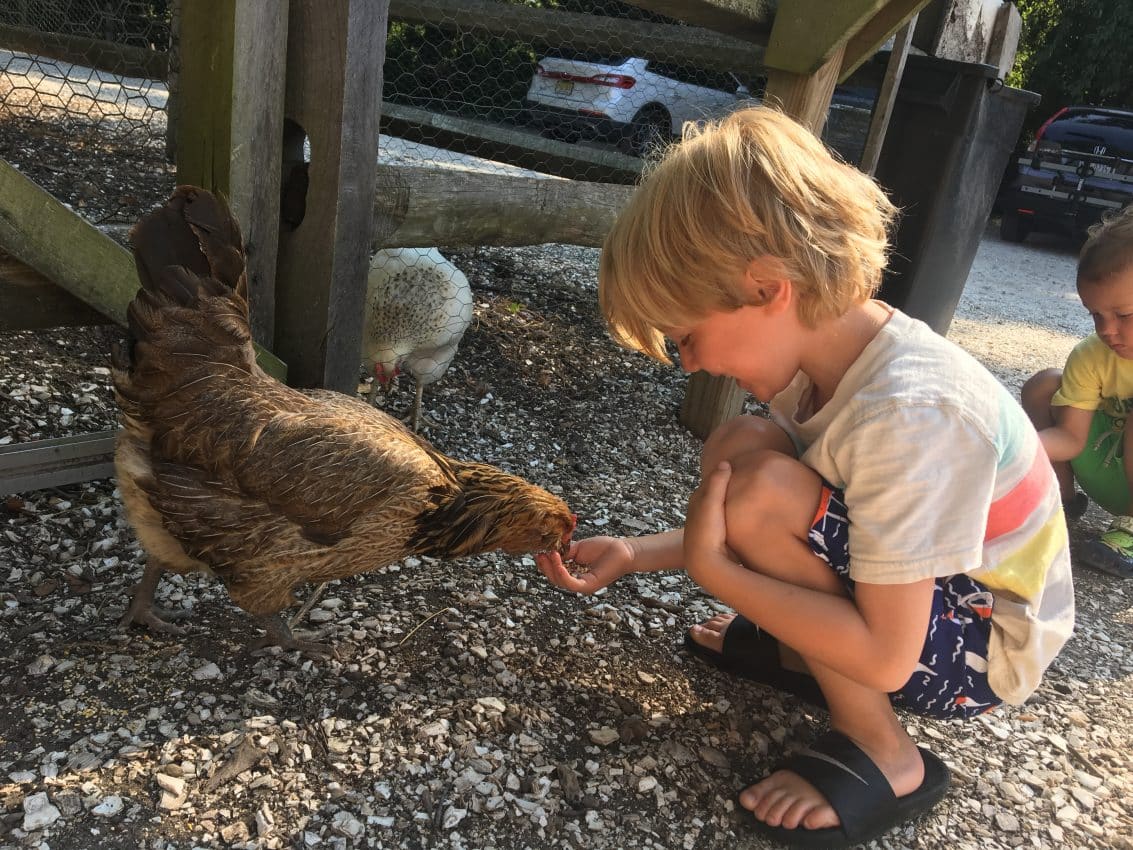Phthalates in Food: 7 Ways to Reduce Your Exposure
Written by:
Maia James
11/22/2014

Updated: 09/29/2023
Looking for a different guide? Browse them all HERE.
Written by Maia, President
You probably know that some plastic toys—like the now infamous rubber ducky—contain the hormone-disrupting, birth-defect-causing, probably-carcinogenic plasticizers known as phthalates. You may have even heard that this group of chemicals is also found in the fragrance of your favorite personal care products.
Most of my clients are surprised to learn, though, that the single largest source of phthalate exposure comes from our food and water supply—and this is not just true for people eating microwaved meals from plastic trays. Almost all of us have phthalates in our systems, and a recent study showed that when fasting, people’s phthalate levels dropped by five to ten times within the first 24 hours without food. This is not to say we should stop eating–but we should get phthalates out of what we eat!
Until phthalates are banned for good (a girl can dream), we can take matters into our own hands in several ways. Here’s how:

- Avoid putting your food in or on plastic. Even BPA- or phthalate-free plastic may leach harmful chemicals, and it’s impossible to know for sure which containers, wraps, or baggies may contain phthalates without testing. Opt for glass food storage containers, and choose bottles and sippy cups that are made of stainless steel, silicone, or glass. Try zippered cloth bags instead of plastic food storage bags, and try to source meats and cheeses that come wrapped in paper whenever possible.
- If you must use plastic, keep it out of the microwave and dishwasher. When plastic is heated, it leaches more chemicals, and phthalates are no exception. Even the hot water of the dishwasher causes plastic to degrade and release toxins, so if you do use plastic food-storage containers, replace them often.
- Eat more plants. People who eat diets rich in plant foods—fruits, vegetables, beans, grains, nuts, and seeds—have lower levels of phthalates in their blood than do people who eat more animal foods. Substituting out just a few meat- and dairy-heavy meals a week with vegan ones can lower your family’s phthalate levels. If you’re worried about protein, try beans. For fats, add nuts or avocado. For calcium, choose kale or collard greens.
- Eat organic and grass-fed produce, meat, and dairy. Phthalates are used in pesticides and herbicides, neither of which is permitted on certified organic produce. Pesticide-treated animal feeds are not allowed in organic meat and dairy production. Ideally, you’ll eat dairy and meat from grass-fed cows, pigs, and chickens, since phthalates may contaminate animal feed stored in plastic containers (even if that feed is organic).
- Choose low-fat meat and dairy. I don’t love giving this advice, because I generally am not a fan of low-fat dairy products, always opting for whole milk and full-fat yogurt for my family. Unfortunately, foods that are higher in fat are particularly prone to chemical leaching. Most farms use plastic tubing to milk their cows, which likely introduces phthalates at the start of the production process, and the chemicals then hang out in the fattiest part of the milk. In light of this, you (and I!) might want to consider buying lower fat cheeses or taking the skin off of chicken.
- Invest in a water filter. If your water supply is tainted by industrial waste, phthalates may show up in your drinking glass. Granular activated carbon filters should remove DEHP, which is the type of phthalate used in water pipes. A nano-filtration system is more expensive but possibly even more effective way to filter out phthalates.
- Avoid processed foods. Phthalate contamination is yet another reason to stick to whole foods as much as possible. The more opportunity your food has had to come in contact with plastic throughout the production process, the greater the chance that it will be tainted with phthalates.Eat. More. Plants.
Stay sane,


Maia, Founder & CEO
Note: This article contains affiliate links or sponsored content, which means that if you make a purchase, we may earn a commission. We only recommend products that meet our strict standards for non-toxicity and that we use (or want to use!) ourselves. Thank you so much for supporting the brands that make Good Stuff!
Enjoying this guide?
Join 60K families who rely on our free guides on everything from milk to mattresses! Sign up to get $5 off your first order, access to our ultimate Clean Products Cheat Sheet, and ongoing exclusive access to coupon codes and promotions. Our weekly newsletter is filled with well researched tips and tricks to live a toxin-free lifestyle.
Related Posts
Non-Toxic Sunscreen Guide
Healthy Store Bought Oat Milk Guide 2024
Healthy Thanksgiving Recipes
Daylon’s Healthier Fried Chicken Sandwich
-
Plastic should be illegal!!
It hurts us
Our animals
Our earth! -
And I only buy Organic!
-
And I thought I was crazy! I have this same problem. Just brought carrots & cauliflower home (organic) and the plastic smells like perfume. The produce smells like perfume. It’s a real problem where I live. You can’t get away from it. I have to return so many items.
-
-
I have a question that no one seems to want to answer for some time now – why does the plastic that ALL my produce comes in SMELLS like it has parfume in it??





Leave a Reply
You must be logged in to post a comment.